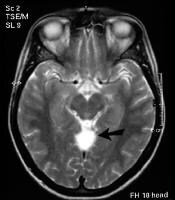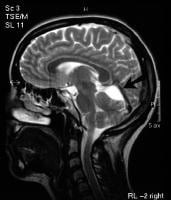
Pars fractures, also know as pars defect, are fractures to the area of the vertebrae called the pars. The pars is in the posterior aspect of the vertebrae and connects the lamina and the transverse processes. Trauma or repeat injuries to the low back are what cause pars fractures. They are common in teens, especially gymnasts and football players. Commonly both pars are fractured, but it is possible that only one be fractured. Symptoms are low back pain, stiffness, tingling, numbness and weakness in the lower extremities. Diagnosis can be made in three ways, x-rays, CT scans, and nuclear medicine bone scans. Treatment starts with bracing and restricted activities. It symptoms persist, surgical treatment is necessary. Laminectomy and lumbar fusion are the two types of surgeries performed. A CT sagital image of an L5 pars fracture is shown above.
















